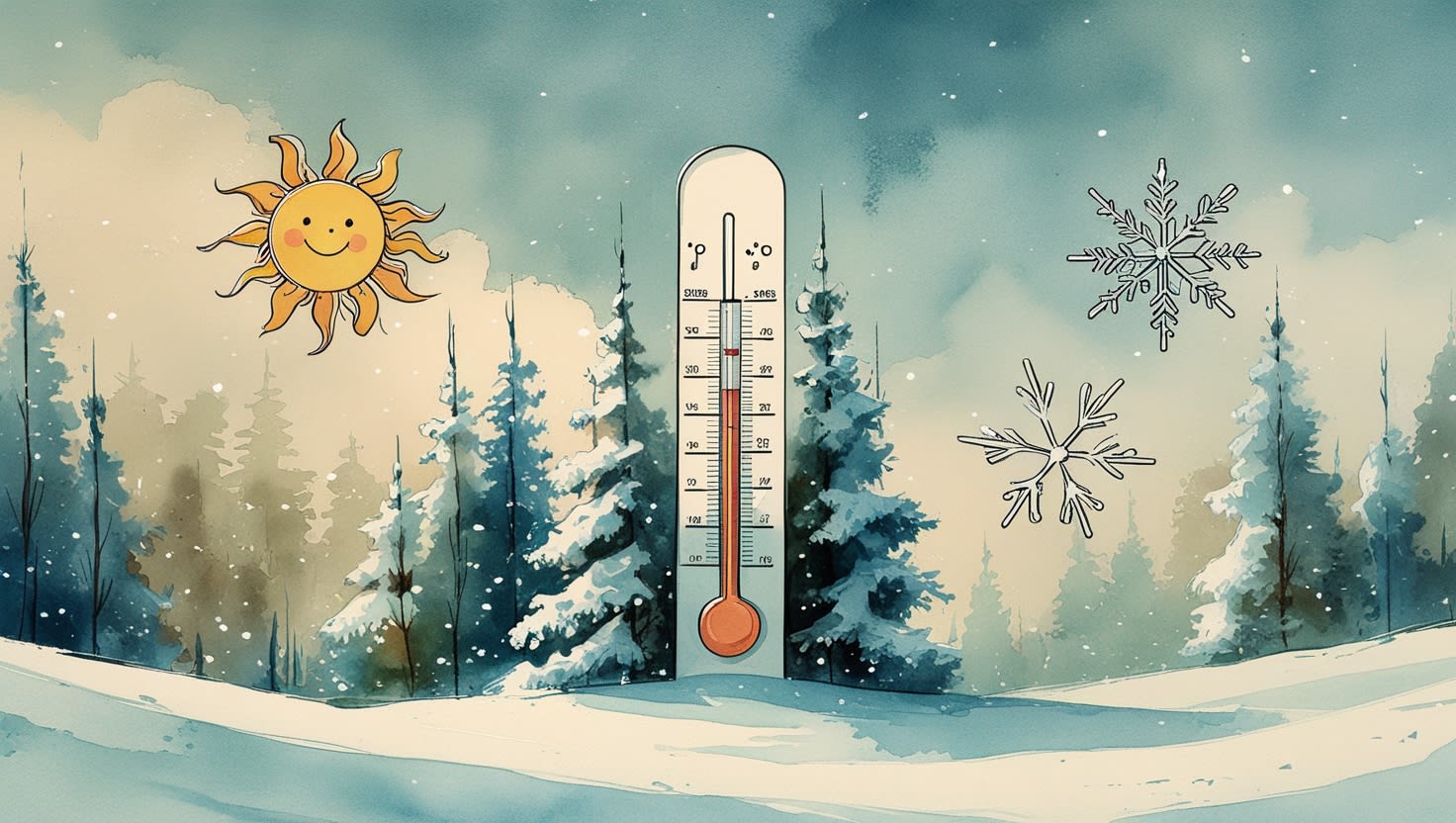Your Location
Your Location
Temperature and Dew Point to Relative Humidity - relative humidity calculator
About Temperature and Dew Point to Relative Humidity relative humidity calculator
Calculates the relative humidity, which is the amount of moisture in the air compared to the maximum amount it can hold at a given temperature, using the air temperature and dew point.
Formula:
Relative Humidity = 100 × (exp((a × Td) / (b + Td)) / exp((a × T) / (b + T))), where Td is Dew Point, T is Temperature, a = 17.27, and b = 237.7
Tips:
Relative humidity indicates how saturated the air is with moisture.
A higher relative humidity means the air is holding more moisture, making it feel muggy.
Relative humidity is influenced by both temperature and the amount of water vapor in the air.
Fun Fact:
Human hair is sensitive to changes in relative humidity, which is why hair often becomes frizzy in humid conditions.
Related Article
Unlocking the Secrets of Relative Humidity: Moisture, Comfort, and Weather
Humidity, that ever-present element in the air, plays a crucial role in shaping our comfort, influencing our health, and driving weather patterns. But what exactly is relative humidity, and how does it impact our lives?
This guide will delve into the world of relative humidity, exploring its definition, its relationship to temperature and dew point, and its significance in various aspects of our world.
1. Relative Humidity Defined: A Measure of Saturation
Relative humidity is expressed as a percentage and represents the amount of moisture in the air compared to the maximum amount of moisture the air can hold at a given temperature.
- Saturation Point: Air can hold a certain amount of water vapor, which increases with temperature. At 100% relative humidity, the air is saturated, meaning it cannot hold any more water vapor.
- Relationship to Temperature: As temperature increases, the air's capacity to hold moisture also increases. So, even if the actual amount of water vapor in the air remains constant, the relative humidity will decrease as the temperature rises, and vice versa.
2. The Dew Point Connection: A More Accurate Measure of Moisture
While relative humidity tells us how saturated the air is, the dew point provides a more direct measure of the actual amount of moisture in the air. The dew point is the temperature to which the air must be cooled for water vapor to condense into liquid water.
- Higher Dew Point = More Moisture: A higher dew point indicates more moisture in the air, regardless of the temperature.
- Relationship to Relative Humidity: When the air temperature and dew point are close together, the relative humidity is high. As the difference between air temperature and dew point increases, the relative humidity decreases.
3. Relative Humidity and Comfort
Relative humidity plays a significant role in how comfortable we feel.
- High Humidity: High humidity (above 60%) can make the air feel muggy and sticky, making it harder for our bodies to cool down through sweating.
- Low Humidity: Low humidity (below 30%) can cause dry skin, irritated eyes, and respiratory problems.
- Optimal Range: Most people find relative humidity levels between 30% and 60% to be most comfortable.
4. Humidity's Impact on Health
Relative humidity can influence our health in various ways:
- Respiratory Problems: High humidity can exacerbate respiratory problems, such as asthma and allergies, as it creates favorable conditions for mold and dust mites.
- Heat Stress: High humidity combined with high temperatures can lead to heat stress, increasing the risk of heat exhaustion and heat stroke.
- Skin Conditions: Low humidity can contribute to dry skin, eczema, and other skin conditions.
- Viral Transmission: Some studies suggest that viruses may survive longer in low humidity environments.
5. Humidity in Weather and Climate
Relative humidity plays a critical role in weather and climate:
- Cloud Formation: Clouds form when the air reaches its saturation point (100% relative humidity), causing water vapor to condense into tiny water droplets.
- Precipitation: High relative humidity is a necessary condition for precipitation, as it indicates that the air is holding a significant amount of moisture.
- Climate Zones: Relative humidity is a factor in defining climate zones, such as tropical rainforests (high humidity) and deserts (low humidity).
Relative Humidity: A Key Player in Our World
From our personal comfort to the weather patterns that shape our planet, relative humidity is an influential force. By understanding its properties and interactions, we can appreciate its role in creating the diverse and ever-changing world around us!
Some related Fun Facts...
Relative Humidity Fun Facts:
- Human hair is sensitive to changes in relative humidity, which is why hair can become frizzy on humid days.
- Wooden musical instruments can be affected by humidity, causing them to warp or change their sound.
- The Sahara Desert, one of the driest places on Earth, can have relative humidity levels as low as 10%.
- Rainforests, on the other hand, have very high relative humidity, often exceeding 80%.
- Relative humidity plays a role in how we perceive temperature. High humidity makes it feel hotter, and low humidity makes it feel colder.
- Evaporation cools things down. That's why we sweat, and why a wet cloth feels cooler than a dry one.
- Relative humidity is an important factor in weather forecasting and climate monitoring.
- You can create a simple hygrometer at home using a strand of hair and a piece of cardboard!
- Controlling indoor relative humidity can help preserve furniture, books, and artwork.
- Understanding relative humidity can make you more aware of your environment and its effects on your body.
Frequently Asked Questions
Relative Humidity FAQ:
1. What is relative humidity? The amount of moisture present in the air compared to the maximum amount it can hold at that temperature.
2. Why is it called relative humidity? Because it's relative to the air's temperature. Warmer air can hold more moisture.
3. How is relative humidity different from dew point? Dew point is the temperature at which dew forms and is a more direct measure of moisture content.
4. What is a comfortable relative humidity range? Generally, 30-60% is considered comfortable for most people.
5. What happens when relative humidity is too high? It can feel muggy, sticky, and make it hard to cool down. Can also promote mold and mildew growth.
6. What happens when relative humidity is too low? Can cause dry skin, irritated eyes, and respiratory problems. Can also make static electricity worse.
7. How is relative humidity measured? Using instruments called hygrometers. Some weather stations measure both temperature and dew point to calculate it.
8. How does relative humidity affect weather? It influences cloud formation, precipitation, and the likelihood of fog.
9. How can I control relative humidity in my home? Use humidifiers to add moisture, dehumidifiers to remove it, and ensure proper ventilation.
10. Why is relative humidity important for health? Maintaining a comfortable humidity level can help prevent respiratory problems and skin issues.





